(60408 products available)



































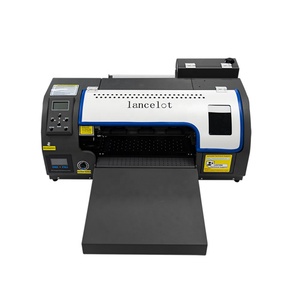







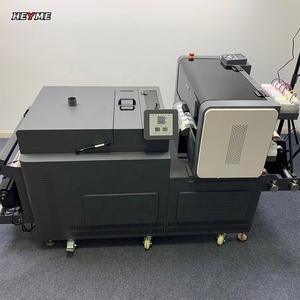


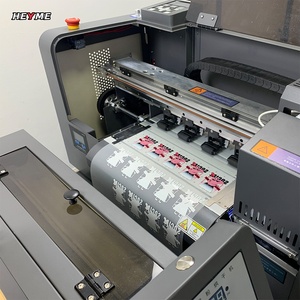




















































































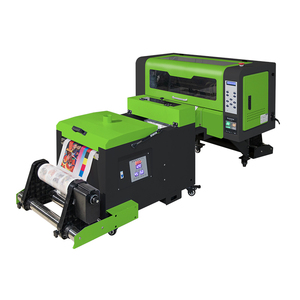











































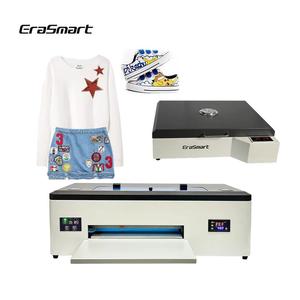





































Printer 13s come in different types and models, each suited for specific applications. The following are some common types of 13 printer machines.
This type of printer works by striking an inked ribbon against the printing surface. The striking mechanism can be a print head with individual pins or a type-daisy wheel. Impact printers are known for their reliability and ability to print on multiple copies simultaneously. Dot matrix printers are the most common impact printers. They are suitable for printing documents such as invoices, delivery notes, or data collected from various types of machinery.
This type of printer uses a laser beam to create an image on a drum. The image is then transferred to the printing media (usually paper) using electrostatic charge and heat (toner). Laser printers are known for their high-speed printing and sharp text and graphics. They are commonly used in offices and commercial settings that require high-volume printing. They are also suitable for printing barcodes, labels, and packaging.
This type of printer works by spraying tiny droplets of ink onto the printing media. Inkjet printers can produce high-quality prints with sharp text and vibrant colors. They come in various sizes, from small desktop models to wide-format printers for large-scale projects. Inkjet printers are suitable for printing marketing materials, posters, and product labels.
Screen printers work by pushing ink through a stencil onto the printing media. The stencil has tiny holes that allow the ink to pass through, creating the desired image or text. Screen printers are versatile and can print on various materials, including textiles, plastics, and glass. They are commonly used for printing signage, apparel, and electronic components.
This printer works by applying heat to a special thermal paper, causing the ink to react and create an image. Thermal printers are known for their high-speed printing and low maintenance requirements. They are commonly used for printing receipts, tickets, and labels.
These printers have different features and are used in various industries and applications. When purchasing, it's essential to consider the printing needs and what type of material requires printing.
The specifications of printer 13 vary depending on the type and model. Here are the key specs and maintenance tips for the printer 13.
Print speed is the number of labels or tags a printer 13 can print in a minute. It is usually measured in inches per second or labels per second. Print speed varies among 13-inch printers. It is usually determined by the printing technology used, the printer model, and the complexity of the label format. The resolution of the printer 13 determines the clarity and quality of the printed labels. It is usually measured in dots per inch. A higher resolution results in sharper texts, images, and barcodes.
Printer 13s have different connectivity options. Some have USB ports for connecting to a computer or a thumb drive. Others have Ethernet ports for wired network connections. Bluetooth and Wi-Fi connectivity are also available for wireless connections to computers and mobile devices. The choice of connectivity option depends on the desired setup and workflow.
Printer 13 supports a range of media types and sizes. These include paper labels, synthetic labels, tag stocks, and wristbands. The printers are also compatible with media rolls of different thicknesses and diameters. They have an adjustable media guide or sensor that allows users to set the right media size and thickness. Further, the printers can also handle demanding applications such as chemical or tear-resistant labels.
Printer 13 can be powered by a direct current (DC) source such as a battery or an alternating current (AC) source such as an electrical outlet. The printers are ideal for portable applications or areas without direct access to electrical outlets.
Proper maintenance helps extend the life of printer 13 and ensure optimal performance. Here are some maintenance tips for the printers:
The Printer 13 has several usage scenarios across multiple industries. Some of the most common are described below.
Products require clear identification in many industries, such as food, logistics, and retail. The Printer 13 can print various labels, including barcode labels, product labels, and shipping labels. This printer's ability to produce high-quality labels with precise information makes it an ideal tool for inventory management, tracking, and labeling.
Many types of office documents need to be printed, such as reports, forms, and presentations. The Printer 13 allows for high-resolution printing, which means that documents with text, tables, and graphs can be printed clearly and legibly. This enhances the efficiency of office work and contributes to the professional image of the business.
In the logistics and shipping industries, the Printer 13 can print various shipping documents, including waybills, packing lists, and address labels. These documents provide essential information for tracking the shipment and ensuring that the goods are delivered to the correct location. The Printer 13's ability to print shipping labels also enhances the efficiency of the sorting and distribution process.
The Printer 13 is used in medical institutions to print various medical records and labels, such as patient ID bracelets and specimen labels. These documents and labels are essential for patient safety, treatment, and tracking. The Printer 13's ability to produce clear and durable labels is critical for ensuring the accuracy and reliability of medical services.
In manufacturing, the Printer 13 can be used for product identification and tracking. It can print serial numbers, barcodes, and other product labels. These labels convey important information about the product and are necessary for quality control and inventory management.
In the education and training industries, the Printer 13 can print teaching materials, handouts, and certificates. These printed materials include text, pictures, and charts, which are crucial for teaching and learning. The Printer 13 can also print certificates and awards to recognize and motivate learners.
When investing in new printing equipment, it is important for business owners to think about their business needs. The first step to choosing the right printer for the business is to look at the types of materials that will be printed. Knowing what materials will be used will help determine the size and type of printer needed. For those who need to print on a variety of materials, a UV printer 13 may be the best choice because inks dry instantly. This helps prevent smudging and allows the printer to provide clear, accurate images on a wide range of materials. However, if the business only prints on paper or vinyl, a UV printer 13 may be an unnecessary expense.
Another question to ask to determine the most suitable printer is whether most of the printing job will be done in color. If the business involves a lot of color printing, a color printer 13 may be the best choice. However, because they are specially designed to print color, they cost more than their monochrome counterparts. If the business does not need to print color and wants to save money, a monochrome printer 13 may be the best option. Monochrome printers have a lower cost per page than color printers because they only use one toner color.
A printer's print speed is another important factor to consider when choosing a printer. This is especially important for businesses that have a high volume of printing jobs that need to be done quickly. If the business needs to print jobs quickly, it may want to consider purchasing a printer with a higher printing speed. Additionally, business owners may want to consider purchasing a printer that can print more than one page at a time to increase efficiency.
When shopping for a new printer, it's also important to look at the printer's print resolution. A printer with a high print resolution can produce clearer, more detailed images. This is important for businesses that need to print high-resolution images. However, printers with higher print resolutions are more expensive to purchase and operate. If the business does not need to print high-resolution images, it may be a better option to purchase a printer with a lower print resolution.
Q1: How to select a printer with the right capacity?
A1: When purchasing a printer, it is important to choose a model with an appropriate printing capacity. This will ensure that the printer will be able to meet the business's average printing needs without being overworked. Consider the business's typical monthly print volume and select a printer rated for at least that amount to ensure it can handle the workload.
Q2: What are the advantages of using high-capacity ink cartridges in a printer?
A2: High-capacity ink cartridges are designed to hold more ink than standard cartridges, which can offer several benefits. They reduce the frequency of cartridge changes, saving time and improving productivity. They also often have a lower cost per page, providing cost savings over time.
Q3: How to properly maintain a printer to ensure its longevity?
A3: Regular maintenance and proper care can extend the lifespan of a printer. This includes keeping the printer clean, using only compatible ink and toner, and performing scheduled maintenance tasks according to the manufacturer's recommendations.